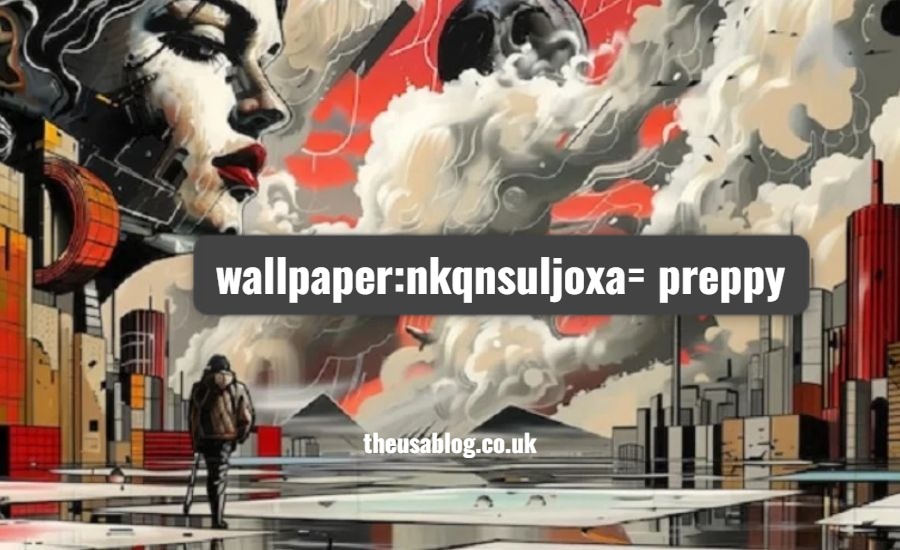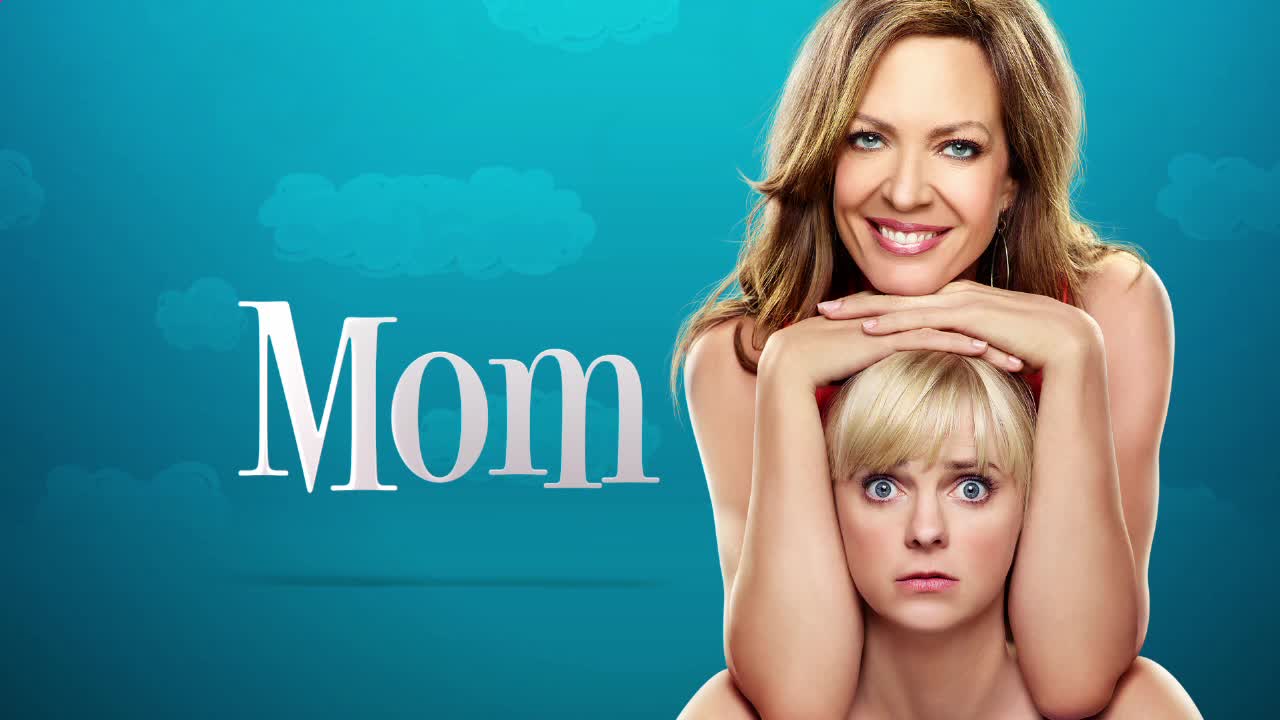Have you ever wondered why a simple thumbs up emoji can brighten someone’s day or signal agreement so effortlessly? In our digital age, emojis have become a universal language, and the thumbs up emoji is one of the most powerful symbols. Let’s dive into the world of this tiny icon and uncover its fascinating journey and significance.
The Origins of the Thumbs Up Gesture
Before we explore the emoji, let’s take a step back and understand the origins of the thumbs up gesture. This hand sign has been used for centuries to convey positivity, approval, and agreement. Its roots can be traced back to ancient Rome, where it was believed that a thumbs up or down from the crowd could decide the fate of a gladiator. Over time, this gesture evolved into a global symbol of approval.
The Birth of the Thumbs Up Emoji
With the rise of digital communication, the need for expressing emotions and sentiments quickly and clearly became paramount. Enter the thumbs up emoji! In 2010, this iconic emoji made its debut in Unicode 6.0, allowing people worldwide to convey their approval or agreement with a single tap. Since then, it has become a staple in our digital conversations.
Why Do We Love the Thumbs Up Emoji?
There are countless reasons why the thumbs up emoji has become so beloved. First and foremost, it’s incredibly versatile. Whether you’re responding to a friend’s exciting news, acknowledging a colleague’s idea, or simply showing support, the thumbs up emoji fits the bill. Its simplicity and clarity make it easy to understand across different languages and cultures.
The Psychology Behind the Thumbs Up Emoji
Why does a tiny image of a hand with a raised thumb evoke such strong feelings of positivity? Psychologists suggest that emojis, including the thumbs up, trigger emotional responses because they resemble human expressions and gestures. When we see a thumbs up emoji, our brains interpret it as a friendly, approving gesture, which can boost our mood and create a sense of connection.
Thumbs Up Emoji in Social Media
Social media platforms have played a significant role in popularizing the thumbs up emoji. On Facebook, for instance, the thumbs up has become synonymous with the “Like” button, allowing users to express their approval with a single click. This simple act of liking has revolutionized how we interact with content online, making the thumbs up emoji an integral part of our digital lives.
The Thumbs Up Emoji in Professional Settings
It’s not just in casual conversations that the thumbs up emoji shines. In professional settings, it has found its place as well. Whether in emails, team chats, or project management tools, the thumbs up emoji serves as a quick and efficient way to acknowledge tasks, agree on decisions, and show support. It adds a touch of warmth and friendliness to otherwise formal communications.
Variations and Customizations
The thumbs up emoji has evolved over the years, with different platforms and operating systems offering their unique takes on the icon. From the classic yellow hand to diverse skin tones, these variations ensure that everyone can find a thumbs up emoji that represents them. This customization enhances the inclusivity and relatability of the emoji, making it even more widely accepted.
The Thumbs Up Emoji in Pop Culture
The influence of the thumbs up emoji extends beyond digital conversations and into pop culture. It has appeared in movies, TV shows, and advertisements, often symbolizing approval, positivity, or a job well done. Its presence in popular culture further cements its status as a universal symbol that transcends digital boundaries.
Misinterpretations and Cultural Differences
While the thumbs up emoji is generally seen as positive, it’s important to note that interpretations can vary across cultures. In some countries, the thumbs up gesture might be considered rude or offensive. This highlights the importance of understanding cultural contexts when using emojis in global communications. Despite these differences, the thumbs up emoji remains one of the most widely recognized and used symbols worldwide.
The Future of the Thumbs Up Emoji
As digital communication continues to evolve, so too will our use of emojis. The thumbs up emoji will likely remain a staple, continuing to adapt and change with the times. Its simplicity, versatility, and universal appeal ensure that it will always have a place in our hearts and screens.
How to Use the Thumbs Up Emoji Effectively
Using the thumbs up emoji effectively can enhance your digital communication. Here are a few tips:
- Context Matters: Ensure that the thumbs up emoji aligns with the tone and context of your message. Inappropriate use can lead to misunderstandings.
- Combine with Text: While the thumbs up emoji is powerful on its own, combining it with text can add clarity and strengthen your message.
- Be Mindful of Cultural Differences: As mentioned earlier, be aware of cultural interpretations when communicating with an international audience.
- Use in Moderation: Like all emojis, the thumbs up should be used in moderation to maintain its impact and avoid overuse.
Conclusion: The Power of a Simple Gesture
The thumbs up emoji may be small, but its impact is enormous. It bridges gaps in communication, brings people together, and adds a touch of positivity to our digital interactions. Whether you’re texting a friend, commenting on a post, or responding to an email, the thumbs up emoji is a powerful tool that speaks volumes. So next time you want to show approval or support, remember the humble thumbs up emoji – a tiny icon with a big heart.




